Home>Gardening & Outdoor>Landscaping Ideas>How To Split Ornamental Grass
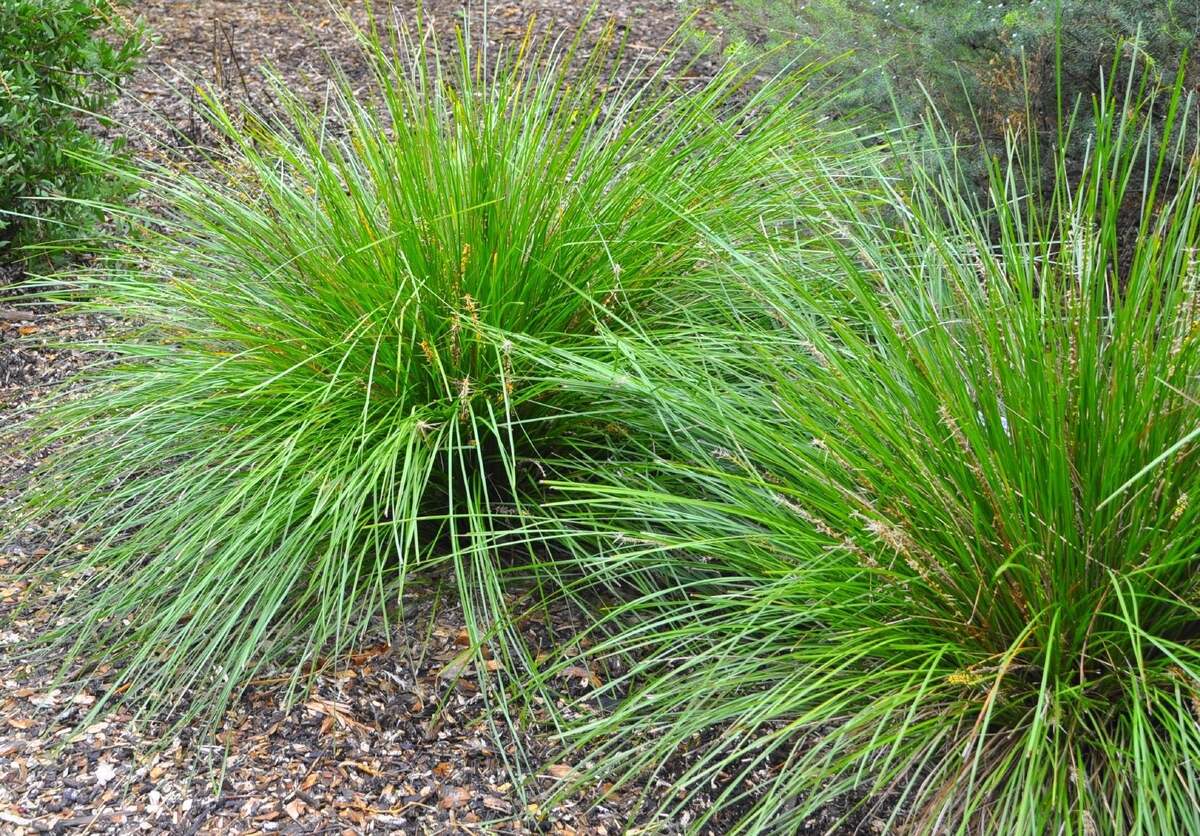

Landscaping Ideas
How To Split Ornamental Grass
Modified: February 18, 2024
Learn how to split ornamental grass for easy landscaping ideas. Get step-by-step instructions for dividing and transplanting ornamental grass in your garden.
(Many of the links in this article redirect to a specific reviewed product. Your purchase of these products through affiliate links helps to generate commission for Storables.com, at no extra cost. Learn more)
Introduction
Welcome to the wonderful world of ornamental grasses! These versatile and visually appealing plants can add texture, movement, and a touch of wild beauty to any landscape. Whether you want to control the size of your existing grass clumps, create new plantings, or share divisions with friends and neighbors, knowing how to split ornamental grass is a valuable skill for any gardening enthusiast.
Splitting ornamental grass is a simple and rewarding process that allows you to rejuvenate established plants, propagate new ones, and maintain the overall health and vigor of your garden. In this guide, we’ll explore the step-by-step process of splitting ornamental grass, from choosing the right time to replanting the divisions and providing essential care for the newly split grass. By following these instructions, you’ll be able to successfully divide your ornamental grasses, creating a stunning and sustainable landscape for years to come.
Key Takeaways:
- Splitting ornamental grass is a simple process that rejuvenates plants and creates new ones. Timing, preparation, and care are key for successful division and vibrant landscapes.
- By choosing the right time, preparing the grass, and providing ongoing care, you can confidently split ornamental grass and create thriving, visually striking elements in your garden.
Read more: How To Grow Ornamental Grass
Choosing the Right Time
Timing is crucial when it comes to splitting ornamental grass. The ideal time to divide most ornamental grasses is in the early spring, just as new growth begins to emerge. This timing allows the divided plants to establish themselves before the heat of summer sets in. Additionally, early spring division minimizes the risk of shock to the plants, giving them ample time to settle in and develop strong root systems before facing the challenges of the warmer months.
However, some ornamental grasses, such as miscanthus and maiden grass, can also be divided in the late summer or early fall. Dividing these grasses at this time allows the divisions to establish roots before the onset of winter, giving them a head start for the following spring. It’s important to research the specific variety of ornamental grass you have to determine the most suitable time for division.
Before diving into the splitting process, it’s essential to assess the overall health and growth habit of the grass. If the clump is overcrowded, showing reduced vigor, or displaying a donut-shaped center of growth, these are signs that it’s time to divide the plant. By choosing the right time to split your ornamental grass, you set the stage for successful division and the continued vitality of your landscape.
Tools and Materials
Before embarking on the task of splitting ornamental grass, it’s essential to gather the necessary tools and materials. Having the right equipment on hand will not only streamline the process but also ensure that the divisions are handled with care and precision.
Here’s a list of tools and materials you’ll need:
- Sharp Shovel or Spade: A sharp shovel or spade will enable you to cleanly cut through the root system of the ornamental grass, minimizing damage to the plant.
- Pruning Shears: Quality pruning shears are essential for trimming back the foliage of the grass before and after division.
- Gloves: Sturdy gardening gloves will protect your hands from the sharp edges of the grass blades and any potential debris in the soil.
- Hand Trowel: A hand trowel can be useful for teasing apart the root ball and separating the divisions.
- Wheelbarrow or Tarp: A wheelbarrow or tarp can be used to transport the divisions to their new planting locations, minimizing disruption to the root systems.
- Watering Can or Hose: Adequate watering is crucial for the successful establishment of the newly split grass, so having a watering can or hose nearby is essential.
- Compost or Well-Draining Soil: Depending on the condition of the existing soil, you may need to amend it with compost or well-draining soil to ensure the optimal growth of the divided plants.
By assembling these tools and materials in advance, you’ll be well-prepared to tackle the task of splitting ornamental grass with confidence and efficiency.
Preparing the Grass
Preparing the ornamental grass for division is a crucial step that sets the stage for successful and healthy plant propagation. Before you begin the splitting process, it’s essential to prepare the grass by following these key steps:
- Trimming Back the Foliage: Start by trimming back the foliage of the grass to a manageable height, typically a few inches above the ground. This not only makes the division process more manageable but also reduces the stress on the plant as it redirects its energy toward establishing new roots.
- Watering the Plant: Adequately water the ornamental grass a day or two before the planned division. Moist soil makes it easier to lift and divide the clump while minimizing shock to the plant.
- Marking the Divisions: If you plan to create specific-sized divisions or have multiple planting locations in mind, consider marking the sections of the grass clump with stakes or twine. This will guide your division process and ensure that the resulting divisions are of the desired size and shape.
- Loosening the Soil: Using a shovel or garden fork, gently loosen the soil around the base of the grass clump. This helps expose the root system and makes it easier to lift the plant from the ground.
By taking the time to prepare the ornamental grass before dividing it, you’ll create an optimal environment for the successful establishment of the new divisions. This thoughtful approach sets the stage for healthy growth and ensures that the parent plant remains robust and vigorous.
In early spring, use a sharp shovel to divide the clump of ornamental grass into smaller sections. Make sure each section has both roots and foliage. Replant the divisions in well-draining soil and water thoroughly.
Splitting the Grass
Splitting ornamental grass is a delicate yet rewarding process that involves carefully dividing the established clump into smaller sections, each with its own root system. Follow these steps to effectively split the grass:
- Lifting the Clump: Using a sharp shovel or spade, carefully dig around the perimeter of the grass clump, creating a trench to loosen the roots. Work your way around the clump, ensuring that you’re cutting through the root system and creating a manageable division.
- Separating the Divisions: Once the clump is loosened, gently lift it from the ground, taking care to preserve the root structure. Depending on the size of the clump and your intended divisions, you can use your hands, a sharp knife, or pruning shears to carefully separate the clump into smaller sections. Each division should have a healthy portion of roots and foliage.
- Trimming the Roots and Foliage: Before replanting the divisions, trim any damaged or excessively long roots with clean pruning shears. Additionally, consider trimming the foliage to reduce stress on the newly divided plants, ensuring that the root-to-shoot ratio is balanced for successful establishment.
- Replanting or Potting the Divisions: Once the divisions are prepared, promptly replant them in their designated locations in the garden or in individual pots if you’re sharing them with others. Ensure that the planting holes are adequately prepared, and the divisions are positioned at the same depth as they were in the original clump.
- Watering and Mulching: After planting, thoroughly water the divisions to settle the soil and provide essential moisture. Applying a layer of organic mulch around the base of the plants helps retain moisture, suppress weeds, and protect the newly split grass during its transition.
By following these steps with care and attention to detail, you’ll successfully split your ornamental grass, creating new, vibrant plantings while rejuvenating the existing clumps for continued beauty in your landscape.
Read more: How To Remove Ornamental Grass
Replanting the Divisions
Replanting the divisions of ornamental grass is a critical step in ensuring their successful establishment and continued growth. Whether you’re creating new plantings in your garden or sharing divisions with fellow gardening enthusiasts, the following guidelines will help you navigate the replanting process with confidence:
- Choosing the Planting Location: Select a suitable planting location that aligns with the specific requirements of the ornamental grass variety. Consider factors such as sunlight exposure, soil drainage, and spacing to optimize the growth and visual impact of the divided plants.
- Preparing the Planting Hole: Dig a hole for each division that is wide and deep enough to accommodate the root system without crowding or bending the roots. Loosen the soil at the bottom of the hole to encourage root penetration and ensure good contact with the surrounding earth.
- Positioning the Division: Gently place the division in the prepared planting hole, ensuring that the crown (the point where the foliage meets the roots) is level with the soil surface. This helps prevent the plant from sinking too deeply or being exposed to excessive air and sunlight.
- Backfilling and Watering: Fill the hole with soil, gently tamping it down to remove air pockets and provide stability for the newly planted division. Water the plant thoroughly to settle the soil and provide essential moisture for the initial establishment phase.
- Monitoring and Care: Keep a close eye on the newly replanted divisions, providing regular watering as needed to keep the soil consistently moist but not waterlogged. Monitor for signs of stress or wilting, and be prepared to offer additional care and attention during hot or dry periods.
By following these steps and providing attentive care, you’ll ensure that the divisions of ornamental grass have the best possible start in their new planting locations. This thoughtful approach sets the stage for healthy, thriving plants that contribute to the beauty and vitality of your landscape.
Caring for the Newly Split Grass
After the divisions of ornamental grass have been successfully replanted, it’s essential to provide ongoing care to support their establishment and long-term growth. By implementing the following care practices, you can ensure that the newly split grass thrives in its new environment:
- Watering: Adequate moisture is crucial for the initial establishment of the newly split grass divisions. Water the plants deeply immediately after planting, and continue to provide regular watering, especially during dry spells. Monitor the soil moisture and adjust your watering frequency based on the specific needs of the ornamental grass variety.
- Fertilization: Depending on the fertility of the soil and the overall health of the plants, consider applying a balanced, slow-release fertilizer to provide essential nutrients for growth. Follow the recommended application rates and timing to avoid over-fertilization, which can be detrimental to the plants.
- Monitoring for Pests and Diseases: Keep a watchful eye on the newly split grass for signs of pests or diseases. Early detection allows for prompt intervention, minimizing potential damage to the plants and ensuring their continued vigor.
- Pruning and Maintenance: As the newly split grass establishes itself, remove any dead or damaged foliage to promote healthy growth. Additionally, consider cutting back the foliage in late winter or early spring to make way for new growth and maintain the overall appearance of the plants.
- Division-Specific Care: Research the specific care requirements of the ornamental grass variety you’ve divided, as different species may have unique needs. Tailoring your care practices to the specific characteristics of the plants will optimize their growth and resilience.
By providing attentive care and addressing the specific needs of the newly split grass divisions, you’ll set the stage for their successful integration into your landscape. These ongoing care practices contribute to the long-term health and beauty of the ornamental grass, ensuring that it remains a captivating and enduring feature in your garden.
Conclusion
Splitting ornamental grass is a rewarding and beneficial practice that allows you to rejuvenate existing plantings, create new garden features, and share the beauty of these versatile plants with others. By understanding the key steps involved in splitting ornamental grass and providing the necessary care, you can confidently undertake this process, contributing to the health and vibrancy of your landscape.
From choosing the right time for division to carefully preparing the grass, splitting the clump, and replanting the divisions, each step plays a crucial role in the successful propagation of ornamental grass. By following these guidelines and adapting them to the specific needs of the grass variety you’re working with, you’ll create an environment where the newly split grass can thrive and contribute to the overall beauty of your garden.
As you embark on the journey of splitting ornamental grass, remember that each division represents the potential for new growth, beauty, and enjoyment in your landscape. By providing attentive care and monitoring the progress of the divided plants, you’ll witness the transformation of these divisions into thriving, visually striking elements of your garden.
Ultimately, the process of splitting ornamental grass is not only a practical gardening task but also an opportunity to connect with the natural world, nurture the growth of plants, and create a landscape that brings joy and inspiration. Embrace the art of splitting ornamental grass, and let it enrich your gardening experience while enhancing the beauty of your outdoor space.
Frequently Asked Questions about How To Split Ornamental Grass
Was this page helpful?
At Storables.com, we guarantee accurate and reliable information. Our content, validated by Expert Board Contributors, is crafted following stringent Editorial Policies. We're committed to providing you with well-researched, expert-backed insights for all your informational needs.
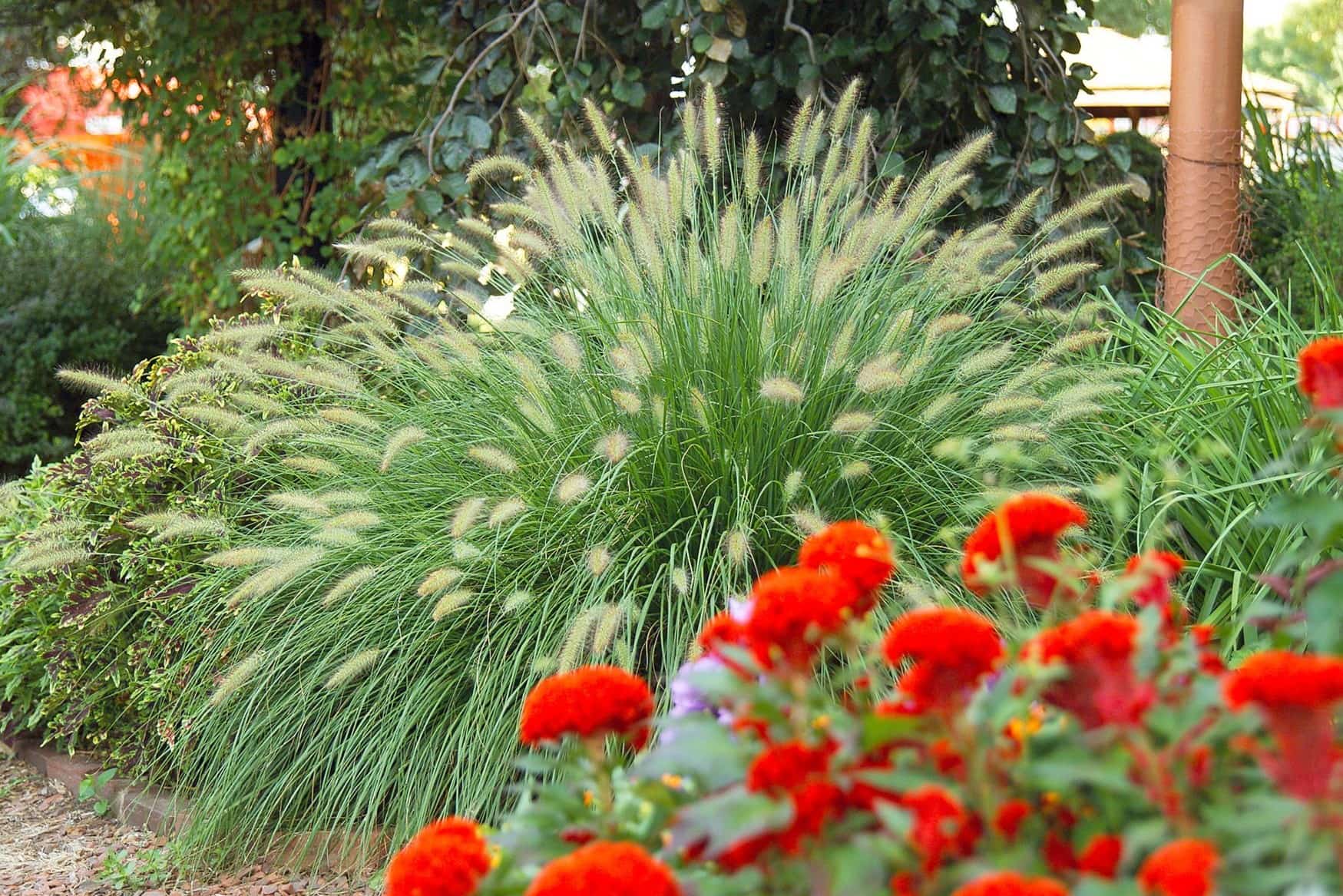
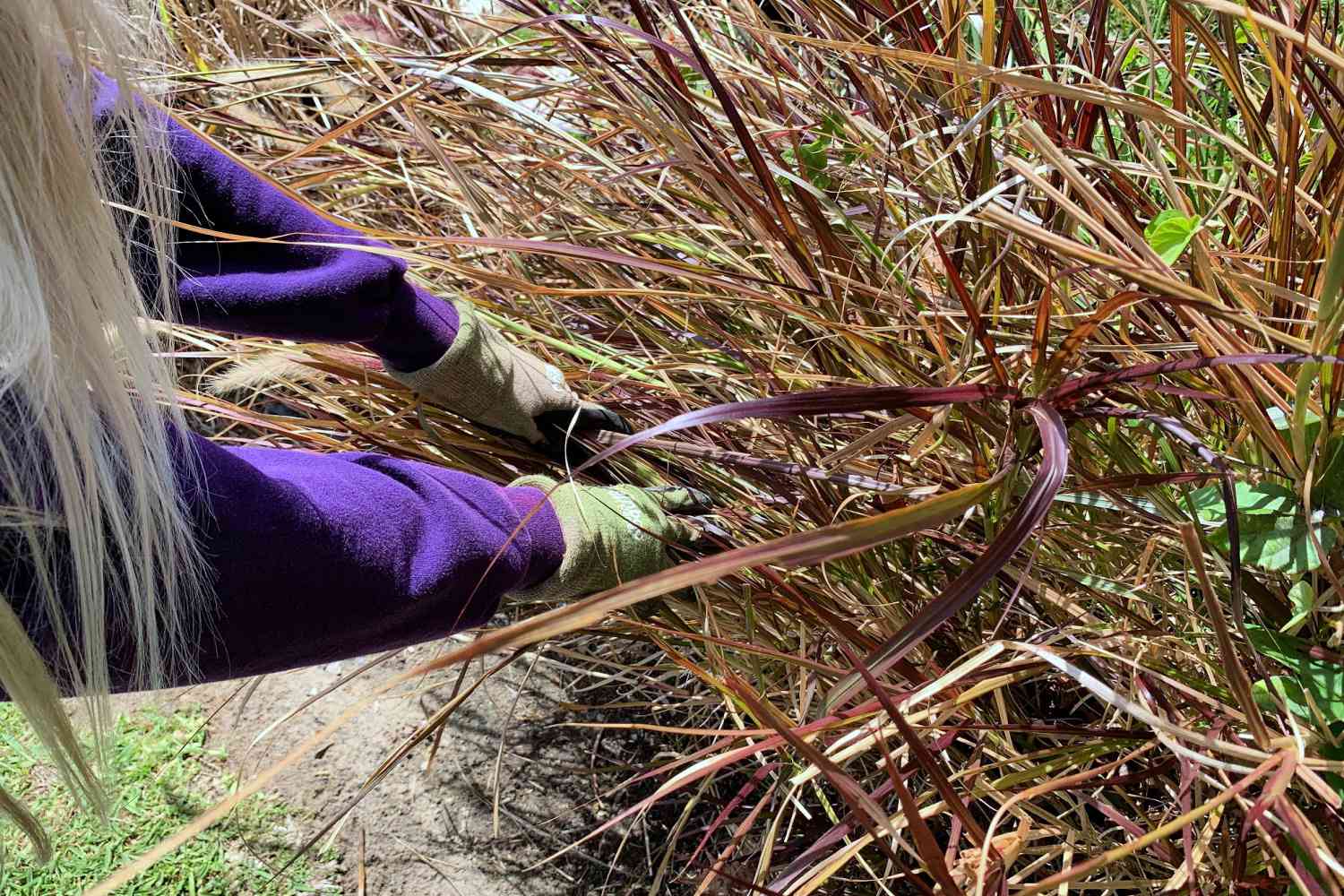
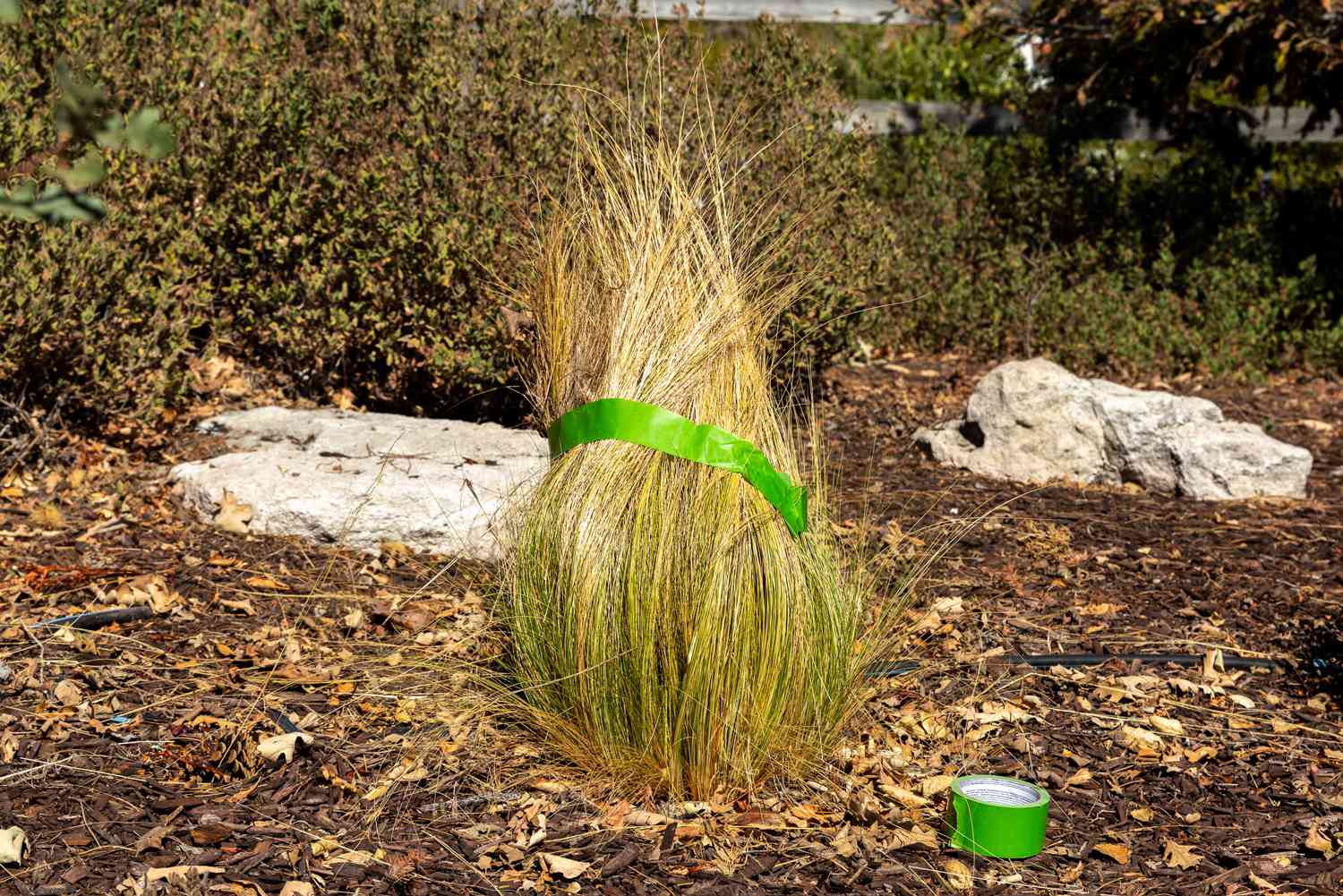
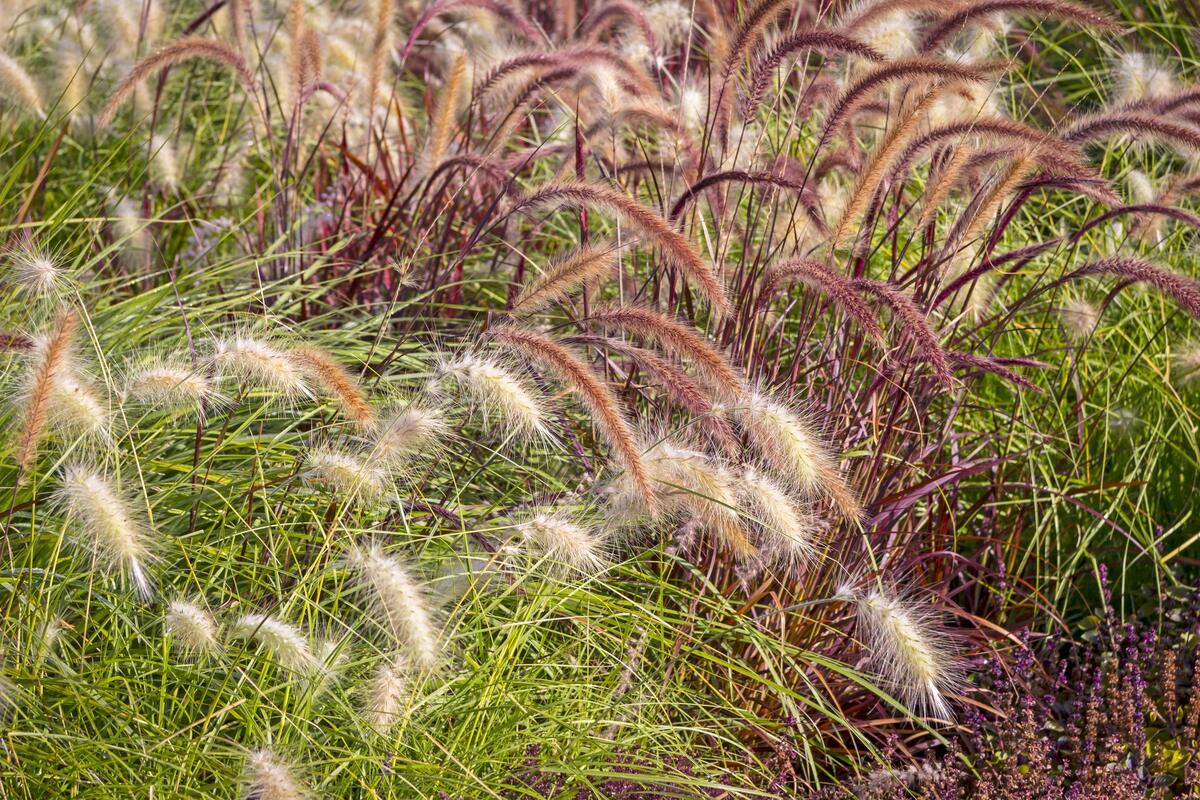
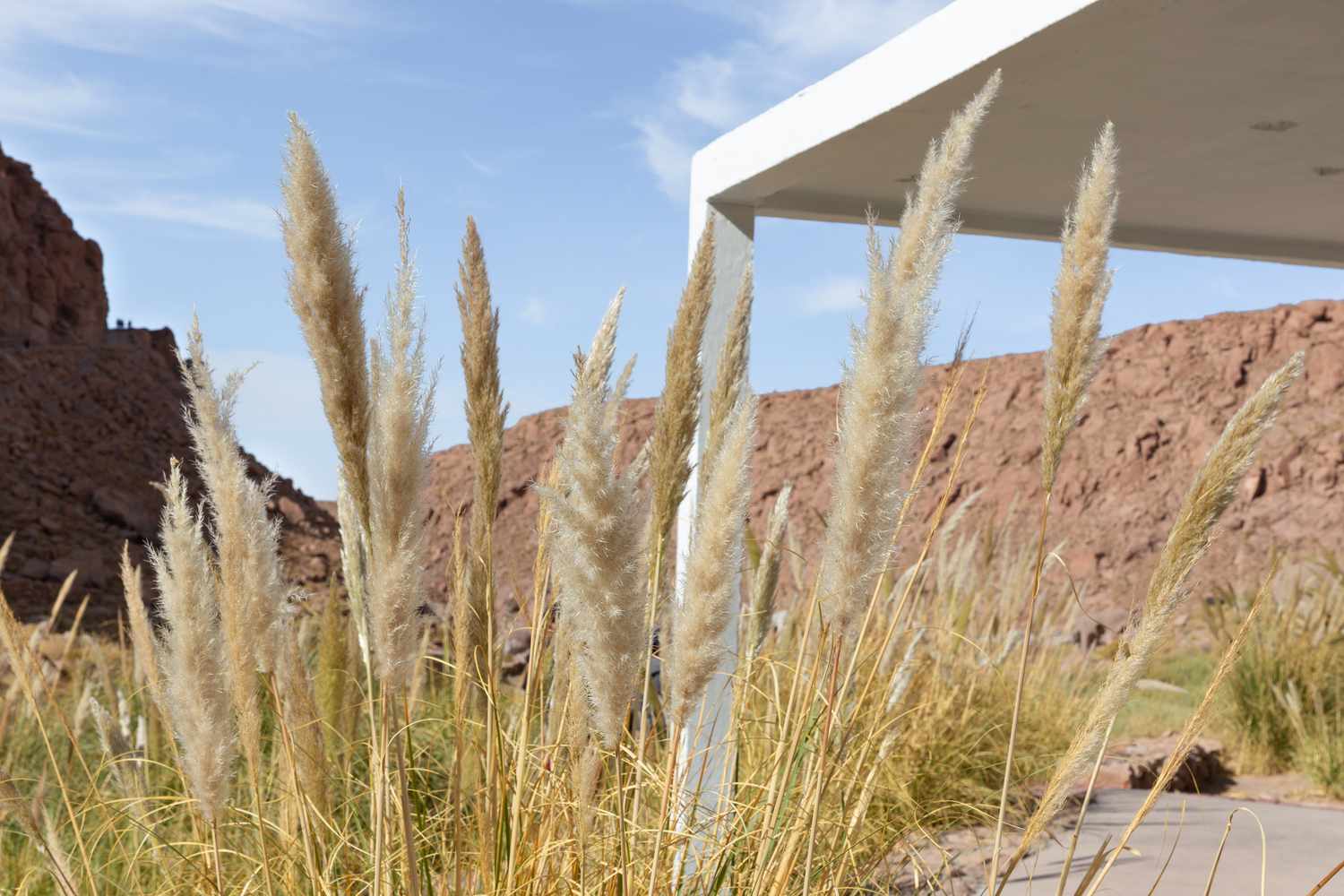

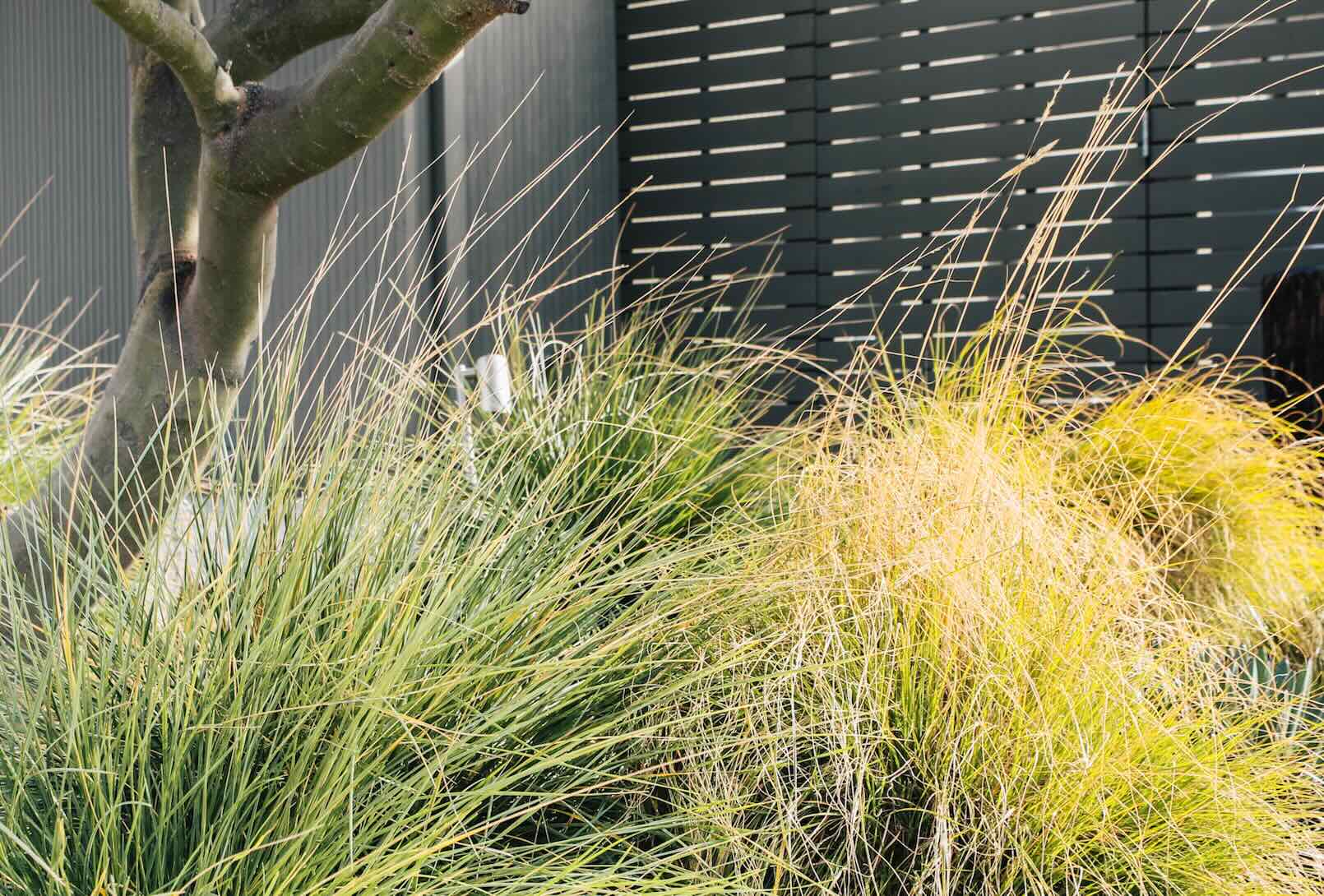




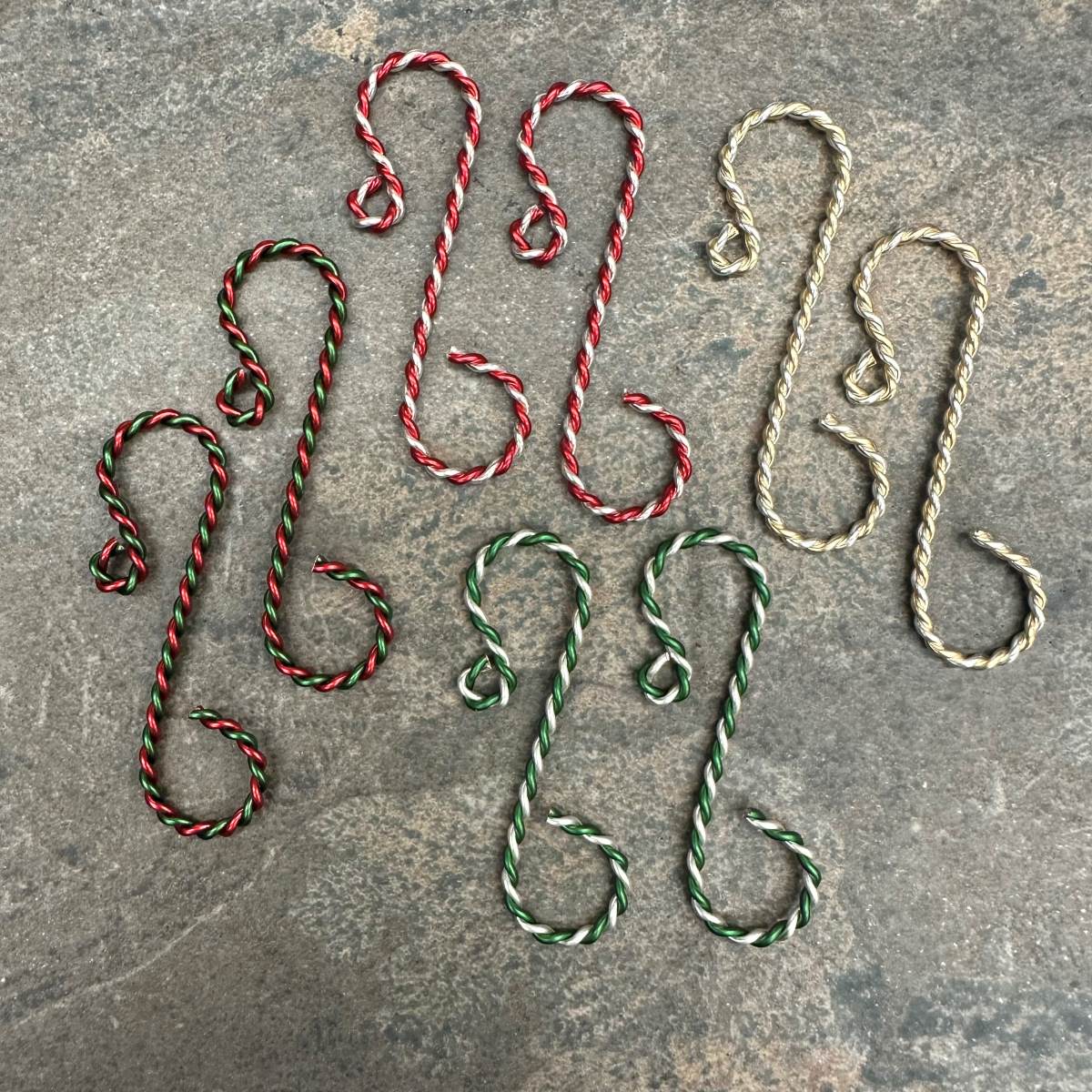



0 thoughts on “How To Split Ornamental Grass”